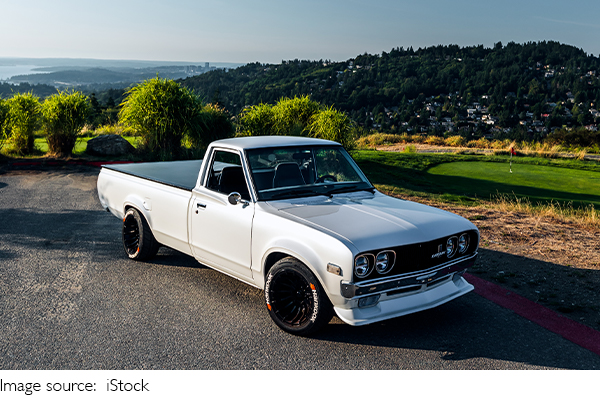Drive Safely

With the continuous advancement of automobile technology, the focus on vehicle performance and safety among consumers has grown significantly.
Enhancing these aspects not only improves the driving experience but also plays a crucial role in protecting the lives of drivers and passengers. Let's explore some easily understood strategies for achieving these goals.
Regular vehicle maintenance is paramount for optimal performance, involving the consistent replacement of consumable parts such as oil, air filters, brake pads, and tires.
By doing so, the vehicle can maintain optimal working conditions, ensuring smooth performance and safety on the road. Additionally, conducting routine inspections and maintenance on critical components like the engine, brake system, and suspension system can extend the vehicle's lifespan while enhancing its overall performance and safety.
Upgrading auto parts presents another effective avenue for improving vehicle performance and safety. For example, installing high-performance tires can enhance traction and handling, while integrating an ABS anti-lock braking system can improve braking performance and reduce stopping distances. Adding features like reversing radar for real-time monitoring during reverse maneuvers can also significantly enhance safety. It's essential to ensure that any upgrades are compatible with the vehicle to avoid compromising stability and safety.

Rational vehicle use is also key. Avoiding overloading helps prevent strain on the engine, which could otherwise compromise handling and braking efficiency. Choosing driving routes and speeds wisely, while avoiding congested roads and excessive speeds, helps reduce vehicle wear and tear and minimizes the risk of accidents. Cultivating good driving habits, such as maintaining a safe following distance and avoiding abrupt acceleration and braking, further enhances vehicle handling and safety.
Strengthening vehicle safety systems constitutes an important measure. In addition to basic features like ABS and ESP, incorporating advanced safety features such as airbags, head protection devices, and seat belts provides comprehensive protection and reduces the risk of injury in the event of an accident.
Regular safety inspections are also crucial. These inspections help identify potential safety hazards and address them promptly to prevent accidents. Furthermore, they ensure that the vehicle's performance indicators remain within normal parameters, thereby enhancing the overall driving experience and safety.
In conclusion, enhancing vehicle performance and safety requires a multifaceted approach. By prioritizing regular vehicle maintenance, upgrading auto parts, using vehicles judiciously, strengthening safety systems, and conducting regular safety inspections, we can comprehensively improve both performance and safety, thereby ensuring the safety and satisfaction of drivers and passengers alike.

 · Vehicle Team
· Vehicle Team